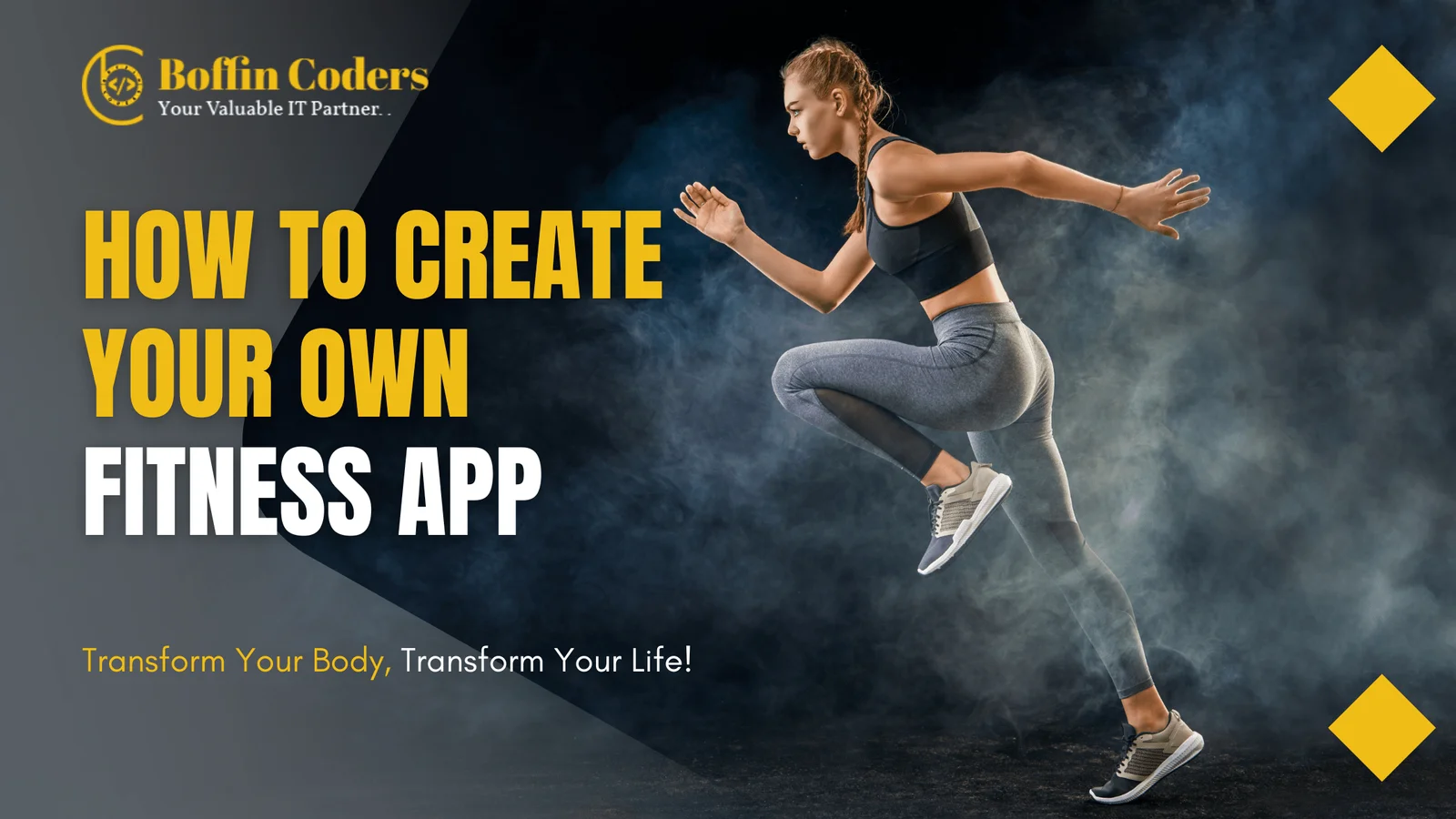You may combine your love of technology and fitness by making your own fitness app. This blog will teach you about all of the steps and technologies involved in the creation of a fitness app.
Steps to follow if you are thinking of creating your own fitness app
Determine who your target market is:
Identify the kind of fitness app you want to make and the target audience. Is it, for instance, intended for athletes, gym goers, or anyone looking to enhance their general fitness and health? This will enable you to modify your app to better serve the demands of your target audience.
Determine the features of your app:
After determining who your target market is, decide what features your app will offer. Workout tracking, customized fitness plans, nutrition tracking, and social sharing are a few examples of features.
Choose a platform for development:
Choose the platform on which you wish to build your app. Either design a native app for iOS or Android or use a cross-platform framework like React Native or Flutter to construct an app.
Design your app:
Design your app by making a model or wireframe of the user interface for your app. Remember that the design should be visually appealing, user-friendly, and simple.
Develop your app:
Develop your app by either hiring a group of developers or learning how to code yourself. Make sure to frequently test your app to make sure it is operating as intended and to address any bugs that may appear.
Launch your app:
Once it has undergone testing and development, you can publish it to the app store. Make sure to effectively advertise your app to reach your target market.
Update your app frequently:
Continually update your app to reflect the newest fitness fads and user comments. Users will remain interested, and the overall user experience will improve.
Latest technologies that can be used in a fitness app
A fitness app can include a variety of the latest technologies to improve the user experience and provide new features. These are a few examples:
Integration with popular wearables:
Users may chart their workouts and measure their progress in real time by integrating the app with fitness trackers or smartwatches. Metrics like heart rate, number of steps done, and calories burned may be tracked more precisely with the help of this tool.
Personalized training plans:
It can be offered by the app based on the user’s fitness objectives and current level of fitness according to artificial intelligence (AI). During the workout, the AI can also offer comments and direction, enhancing its interactivity.
Virtual reality (VR):
By establishing a virtual environment for which users can work out and take on interactive challenges, VR can offer an immersive experience. Those who prefer to exercise at home or have limited access to gym equipment may find this to be of particular benefit.
Gamification:
It is the process of enhancing an app with game-like elements including challenges, awards, and leaderboards. Users may be inspired by this to continue working out regularly and reach their fitness objectives.
Augmented reality (AR):
The software can give users a more engaged and interesting training experience by utilizing AR. For instance, the software can overlay virtual signals or objects onto the user’s environment to aid in maintaining proper form while exercising.
Biometric authentication:
Including biometric authentication, such as fingerprint or face recognition can give consumers a safe and easy login process.
Only a few examples of the latest technologies that can be integrated into a fitness app are provided here. These features will enable the app to give customers a more personalized, interesting, and successful exercise experience.
If you are thinking of creating your own fitness app, our expert team is here for you. Get a free consultation with us!






